Reviewed by: Jame Jimenez
Picture this: after years of watching competitors fumble around with foldable phones, Apple is finally ready to throw its hat into the ring with something that could change everything. The iPhone Fold is not just another me-too product. Reports say it would pack a 24-megapixel under-display camera, one of smartphone design's biggest headaches. According to Tom's Guide, this represents Apple's first serious attempt at eliminating those pesky visible camera cutouts that have been cluttering up our screens for years.
Now here is the strategic bit. Apple is jumping into foldables about eight years after Samsung and others started, as noted by Tom's Guide. That gap was not Apple being fashionably late to the party; it was time spent dissecting durability failures, display crease trade-offs, and every little user experience snag rivals ran into. The payoff, Apple hopes, is a debut that ships with fixes to problems others took years to map out.
Why under-display cameras matter for Apple's vision
Why does this matter for Apple's long game? Under-display cameras are not just about hiding hardware; they are the missing piece in Apple's decade-long push for a seamless, uninterrupted screen that started when the iPhone X brought the notch. The idea is simple to say, tricky to execute. Put the camera under the display, let light pass through tiny transparent regions in the panel, and keep the glass clean to the eye.
Under-display cameras have been around for roughly five years, with Samsung's Galaxy Z Fold models among the first to try them, according to Tom's Guide. Apple's rumored spec points to a raised bar on quality. Samsung started with a 4-megapixel unit as a proof of concept, while Apple's 24-megapixel target hints at image quality that holds up even when the hardware is hidden.
Reports claim a dual 24-MP front setup, with one under the main display and another presumably handling the outer cover screen, as reported by TechRadar, matches how people actually use foldables. On a slab phone, you always know which way is up. On a foldable, you might be snapping a quick shot in phone mode, then opening it in tablet mode. Two front cameras keep quality consistent across those shifts.
The technical challenges Apple needs to overcome
Here is the engineering rub. Under-display cameras run into stubborn optics problems, and every company that has tried has hit them. Shots often look hazy or soft, especially around bright light sources, as noted by Tom's Guide. The display matrix behaves like an interference layer, scattering light before it reaches the sensor.
Apple's suppliers have been building around those limits. LG Innotek's specialized "Freeform Optic" lens system, according to Mashable, ties to an effort that started with patent filings in December 2022, as reported by Apple Magazine. That timeline makes a 2026 target look less like a scramble and more like four years of steady optical engineering.
Light transmission is the big headache. LG Display's roadmap targets about 20% light transmittance by 2023 and 40% beyond 2024, according to Apple Magazine. Regular front cameras work with almost all the light hitting them. Apple's team is chasing flagship results while the sensor sees less than half the usual photons. A potential 20% brightness hit, as noted by Mashable, is not a minor trade, it pushes camera design and calibration into new territory.
What this means for the broader iPhone ecosystem
The iPhone Fold's spec sheet points to calculated trade-offs for a first-gen design. You get dual 48-megapixel rear cameras for main and ultrawide, but no telephoto, as reported by TechRadar. Sensor-shift stabilization on the main camera is missing, too, according to Tom's Guide. For what could be Apple's priciest iPhone, those cuts look intentional, space and complexity traded to make the foldable design and under-display camera work.
The absence of Face ID, as noted by TechRadar, hints at a shift in Apple's unlock playbook. Instead of squeezing Face ID's sensor array under the glass with the camera, Apple appears to be weighing other biometrics, possibly Touch ID or even relying on the under-display camera for facial recognition. That thinking mirrors a broader industry snag, makers have struggled to push under-display tech forward at a sane cost, according to Neowin.
Apple's confidence in the iPhone Fold's potential is striking, analysts suggest a 50 million unit target, according to TechRadar. Pair that with a second-half 2026 window, as reported by Android Authority, and the message is clear, this is not an experimental niche, it is a mainstream swing meant to reset expectations for premium phones.
Where does this leave us in the foldable future?
Bottom line, the iPhone Fold and its 24-megapixel under-display camera are a calculated bet on problems that have tripped the industry for years. Apple is betting that a long runway and tight supplier work can deliver what others have not: hidden cameras that do not wreck image quality.
If it works, the impact could ripple across Apple's lineup. The march to truly distraction-free screens may stretch into 2028 or even 2030, as noted by WCCFtech, which makes the iPhone Fold a real-world lab for display tech that can trickle into standard iPhones. It is more than a debut foldable; it is a test bed for the next wave of smartphone design.
The real question is not whether Apple can build an under-display camera, but whether they can keep the premium feel that defines the iPhone while they do it. With Samsung and others stepping back over cost concerns, according to Neowin, Apple's outcome here could decide whether under-display cameras become the standard or stay a promising idea that ran into hard limits.
Apple's methodical play, wait longer, invest in supplier tech, set a higher bar, fits the company's habit of entering late and then defining success. If that patience pays off with a product that earns its premium slot, it will shape not only the iPhone Fold's fate, but the direction of smartphone design over the next decade.




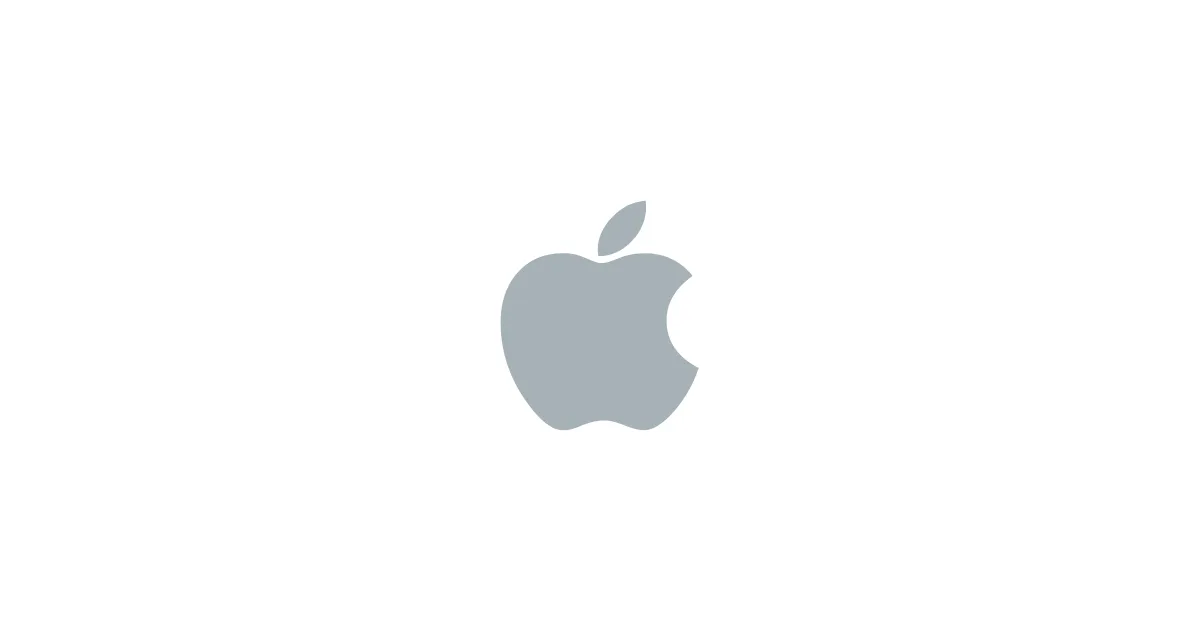
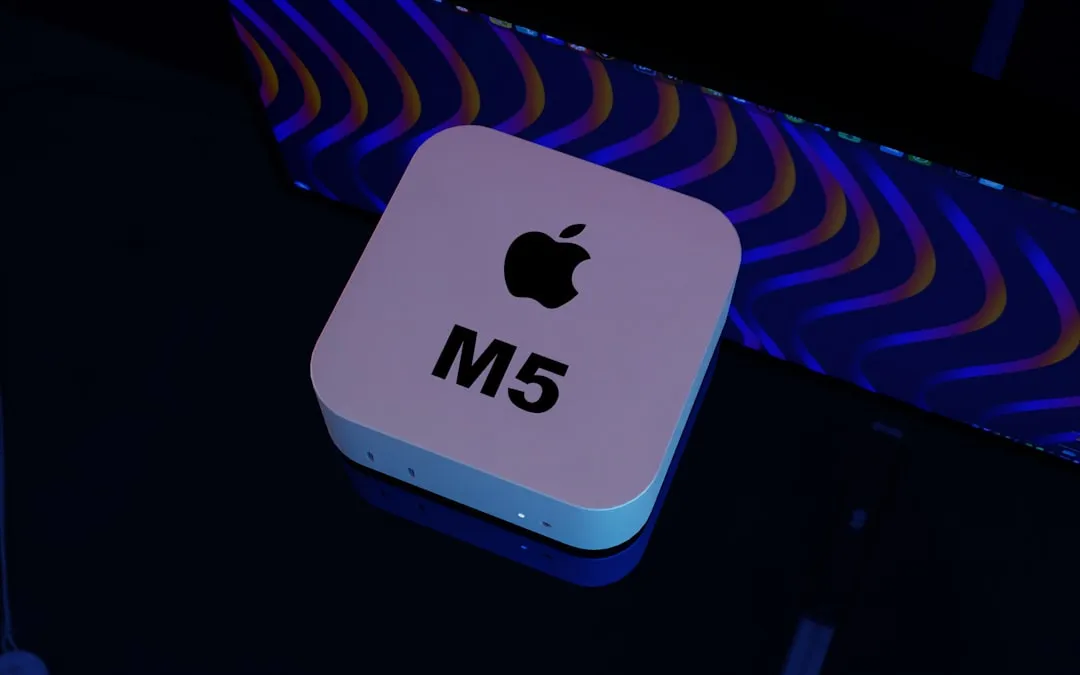
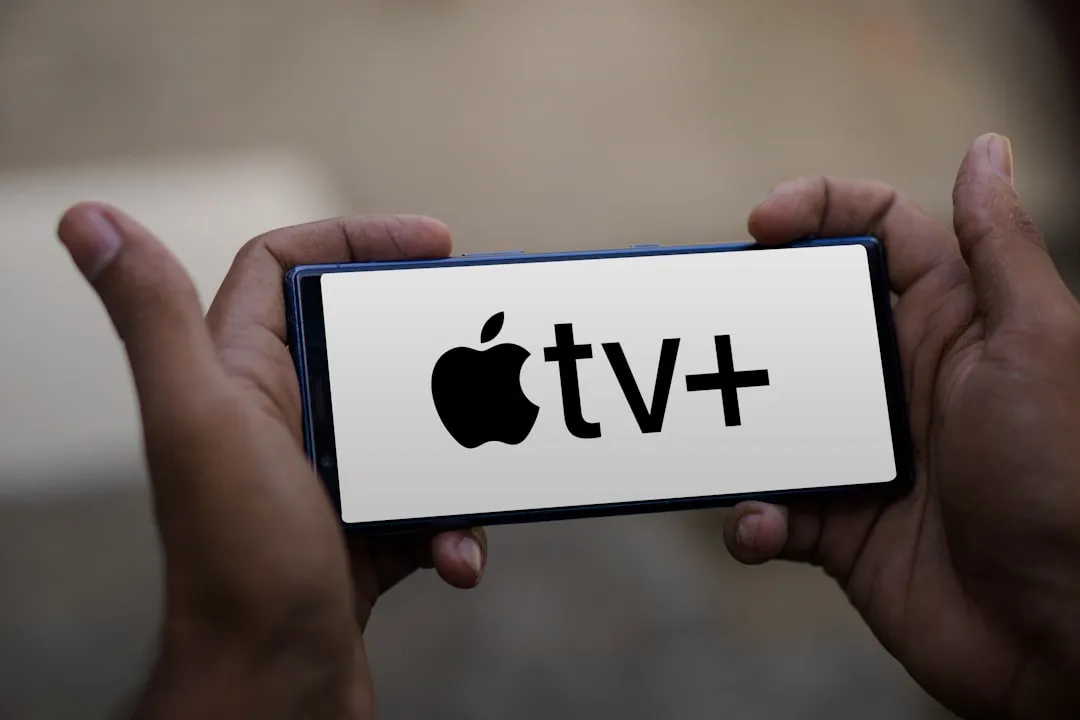
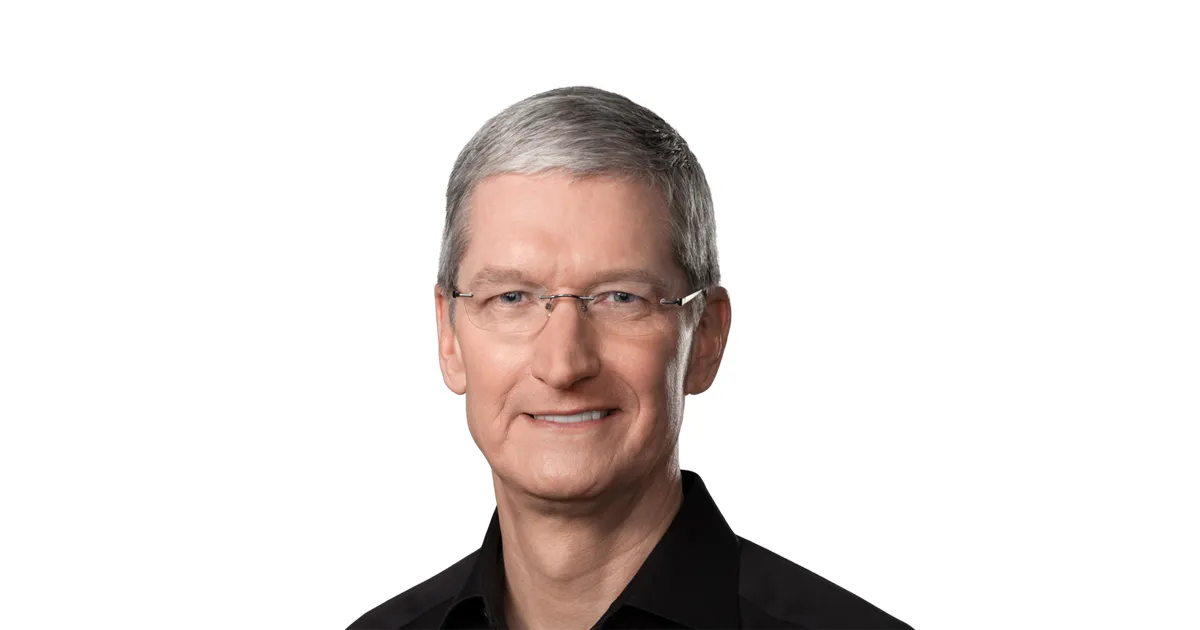
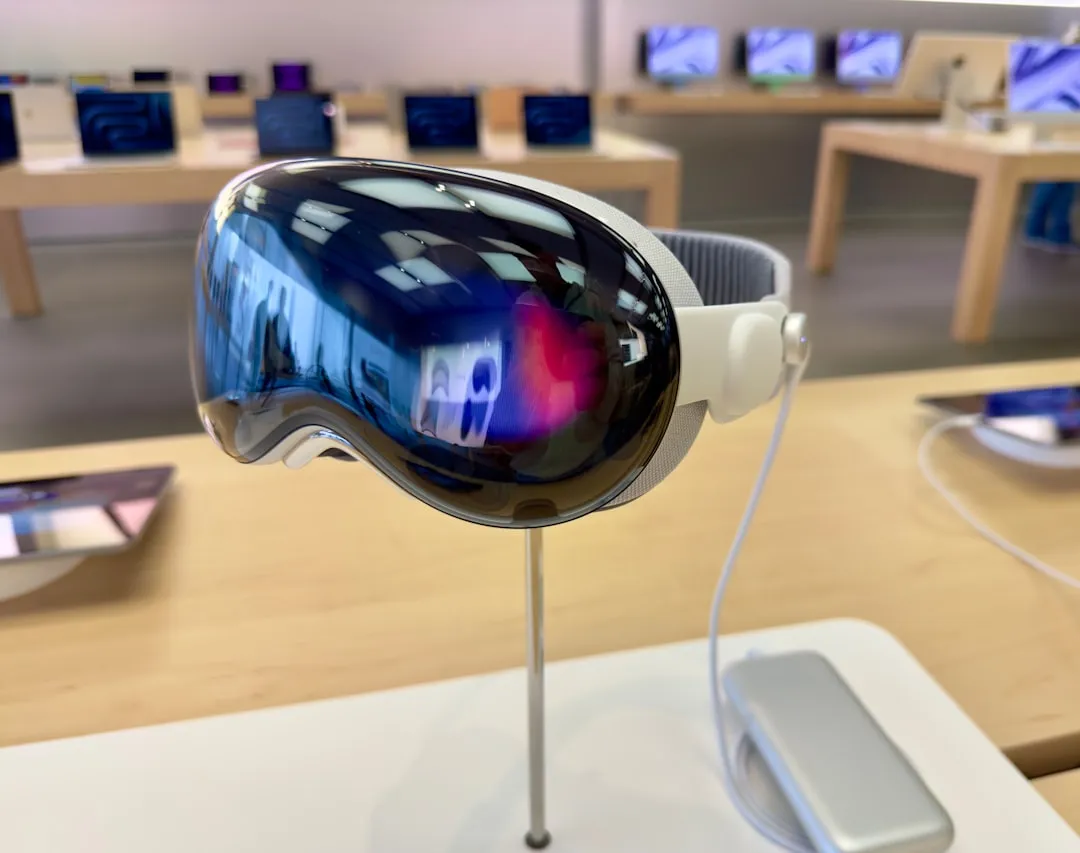
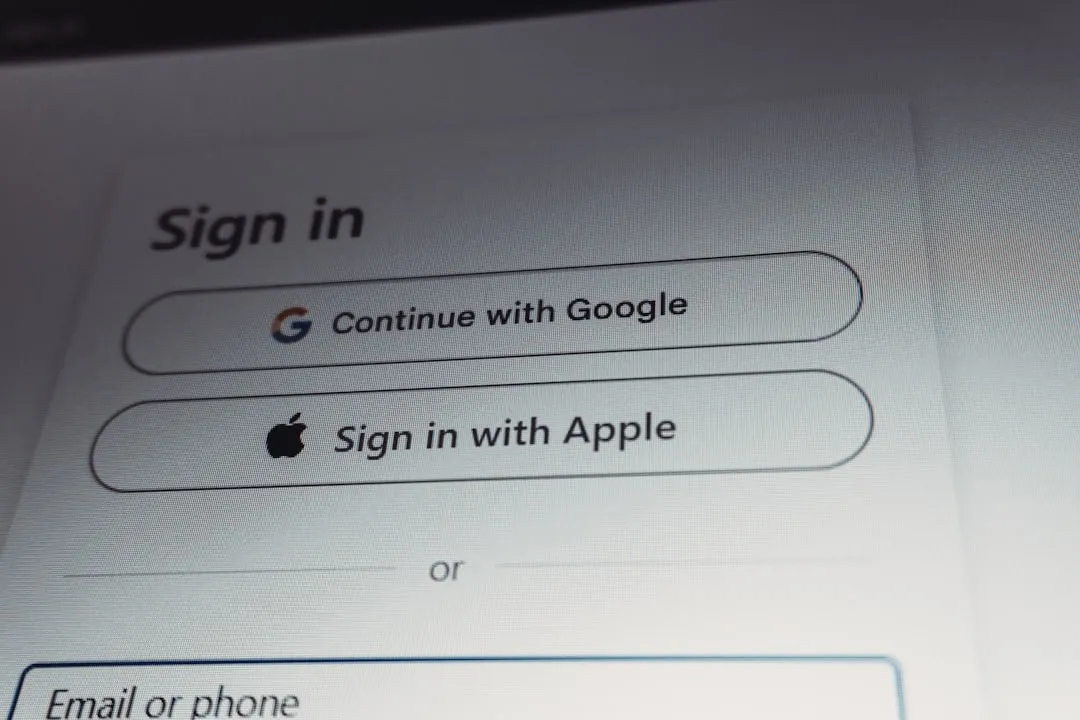
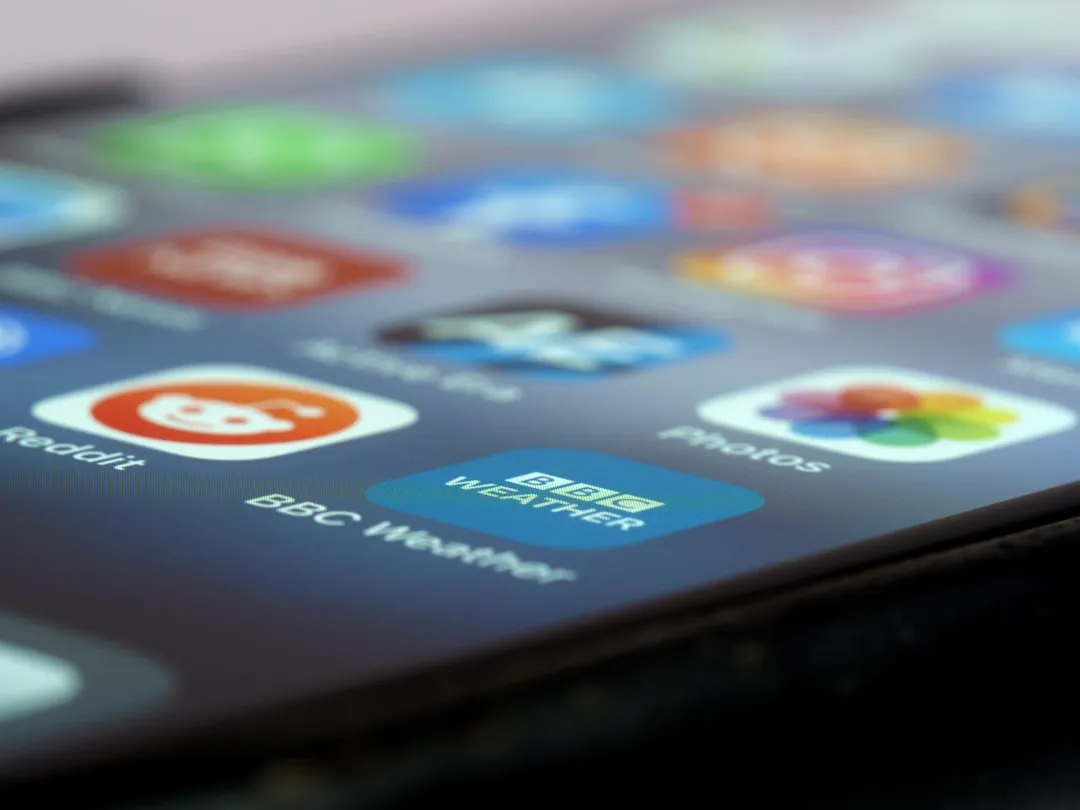
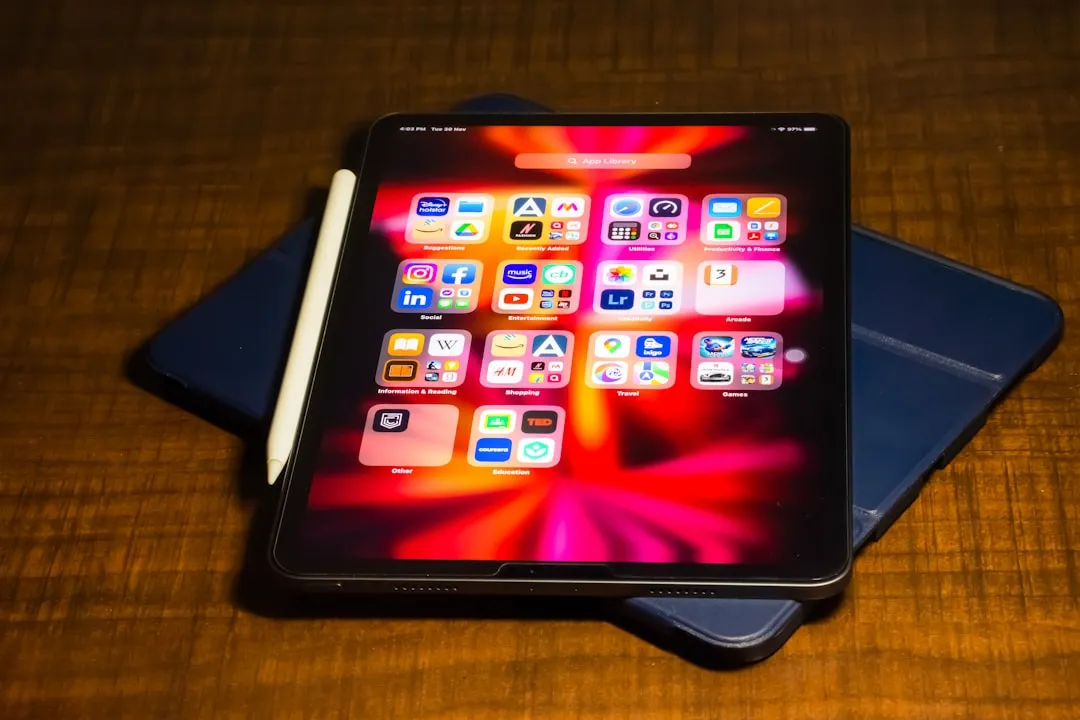
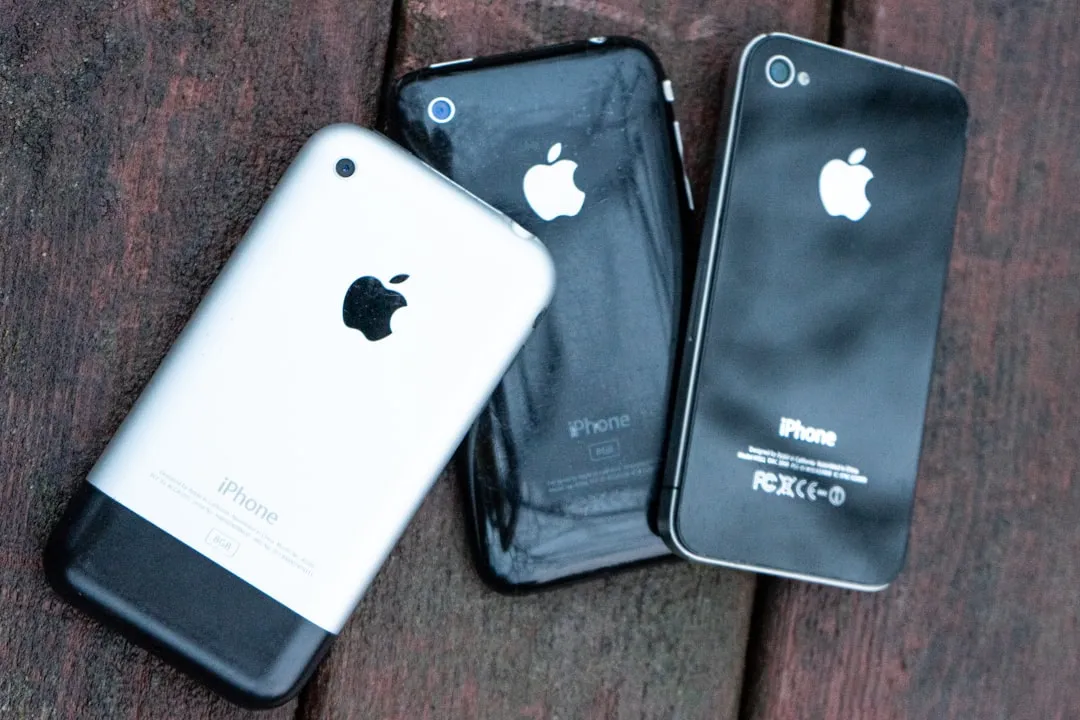
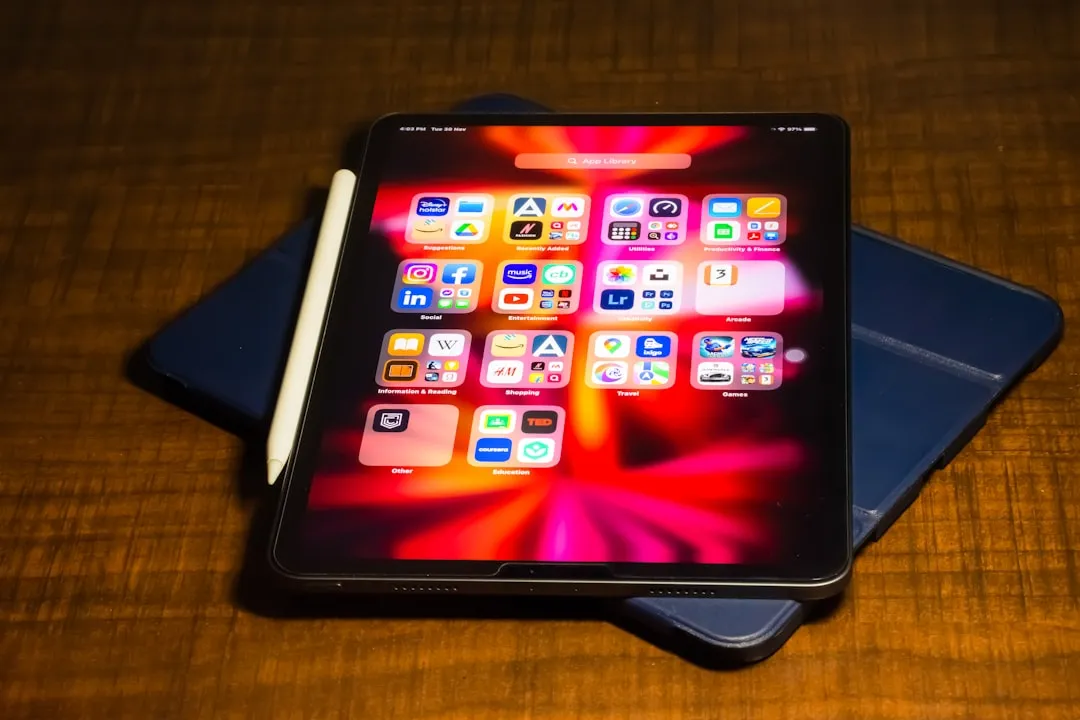

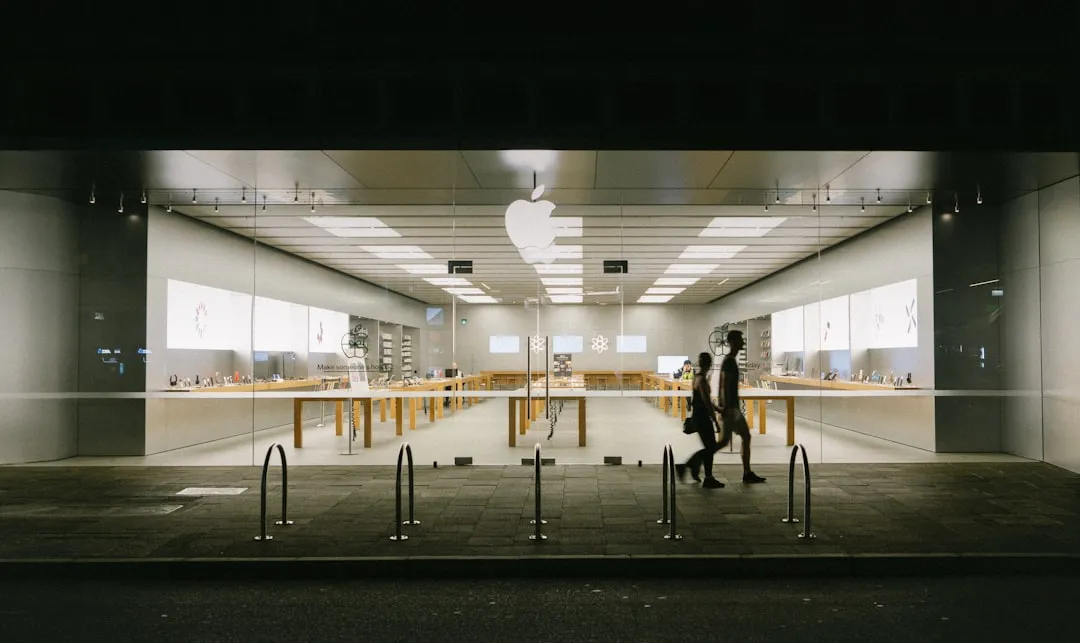
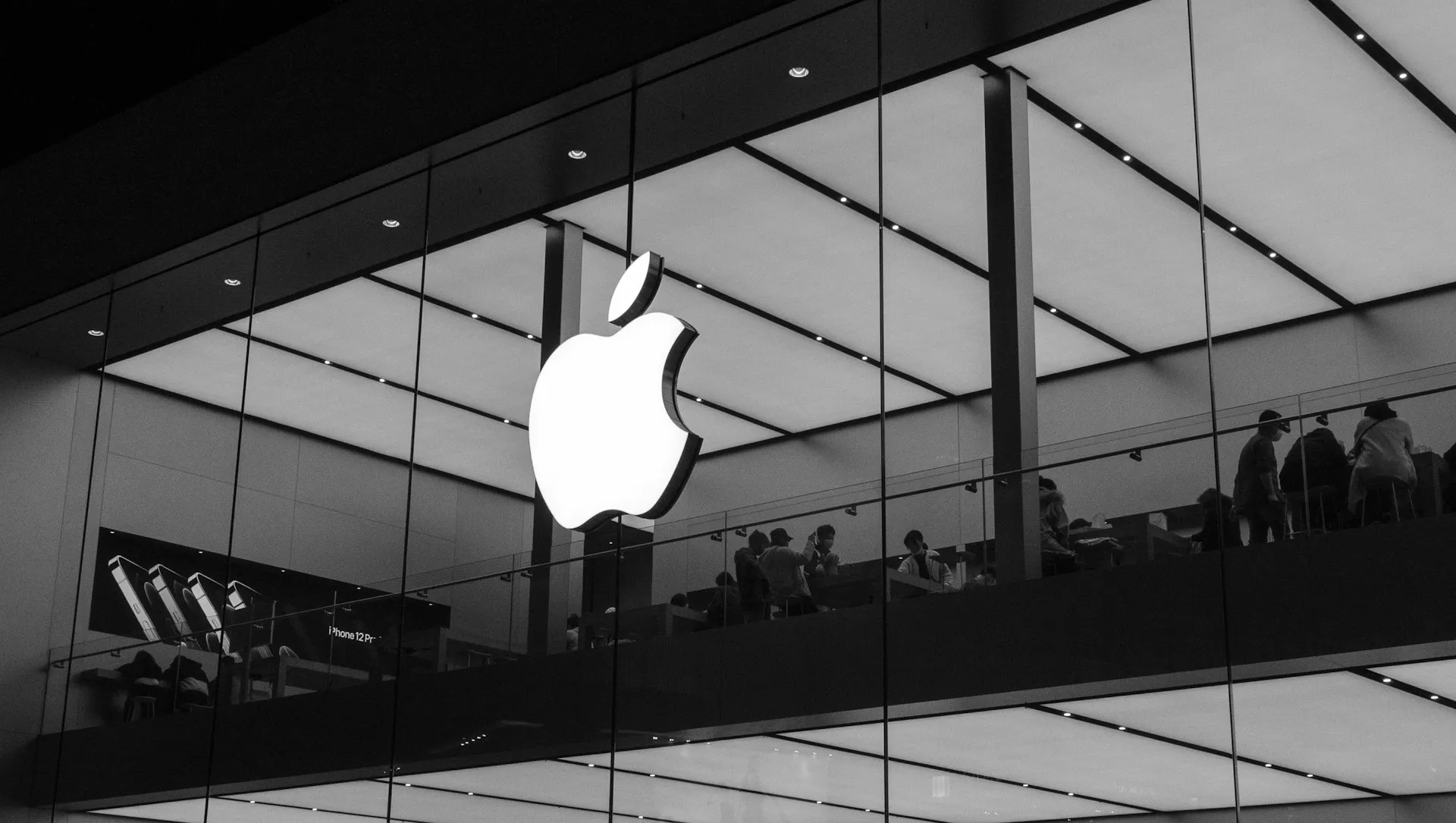
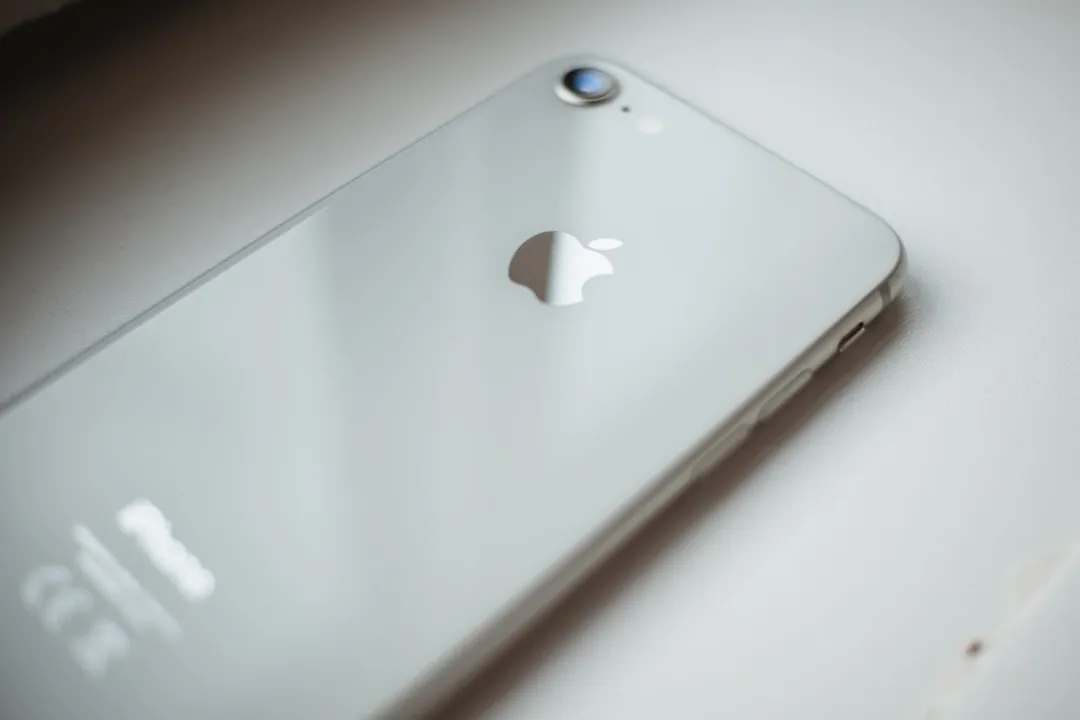


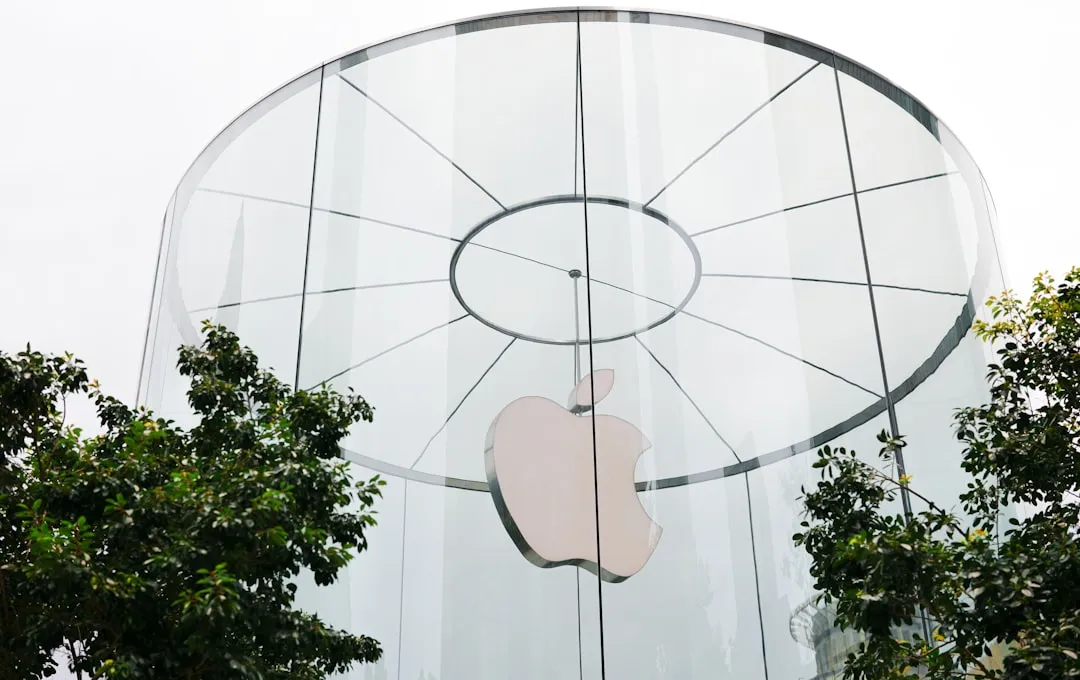


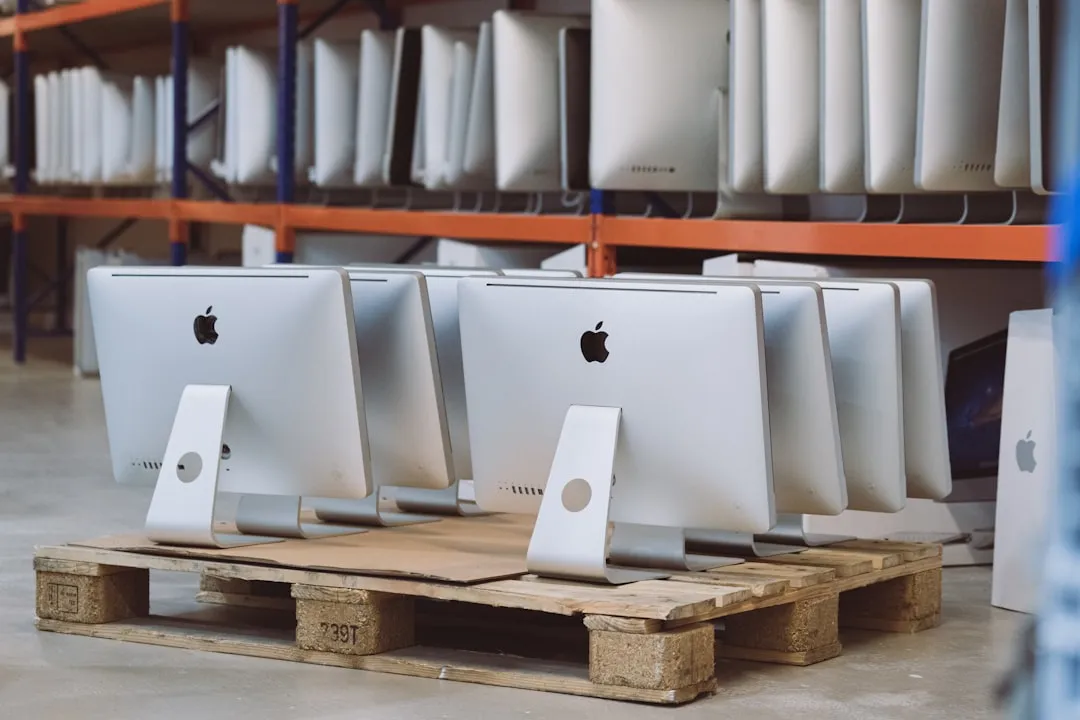
Comments
Be the first, drop a comment!